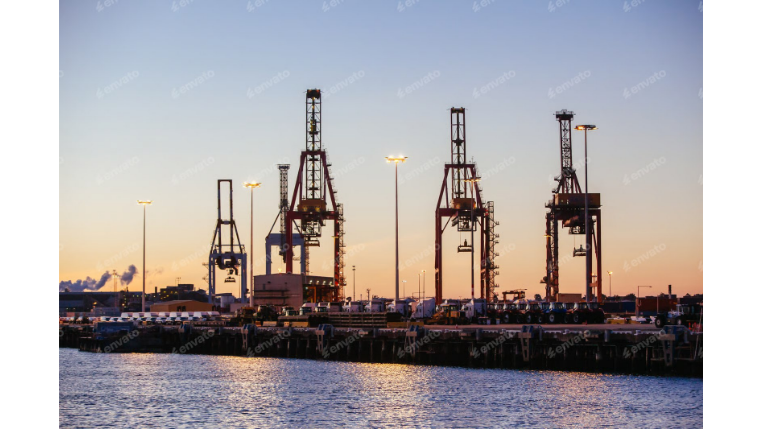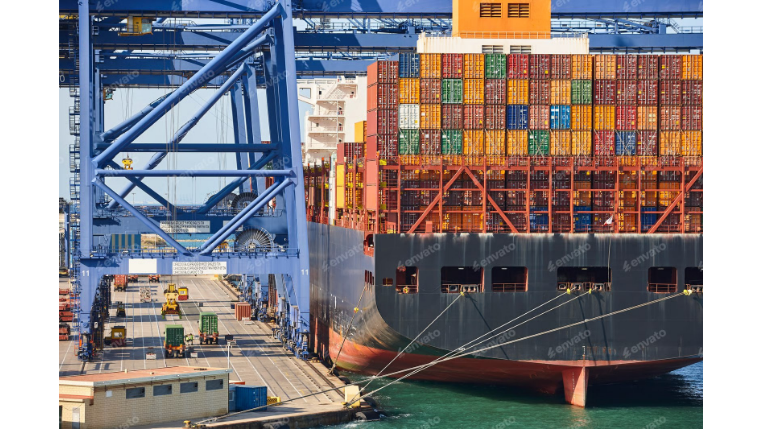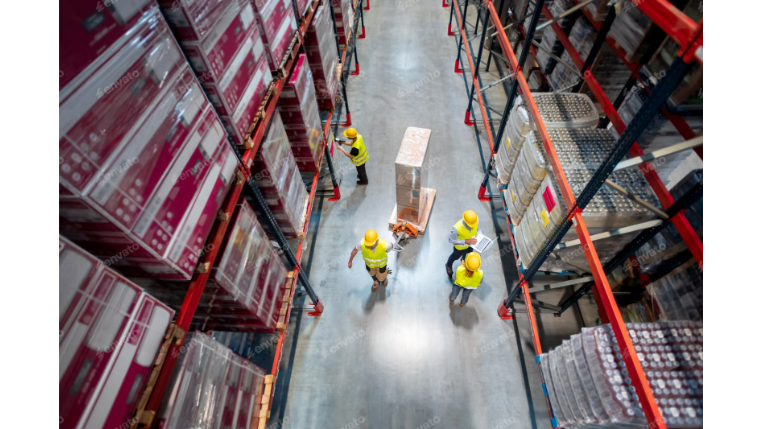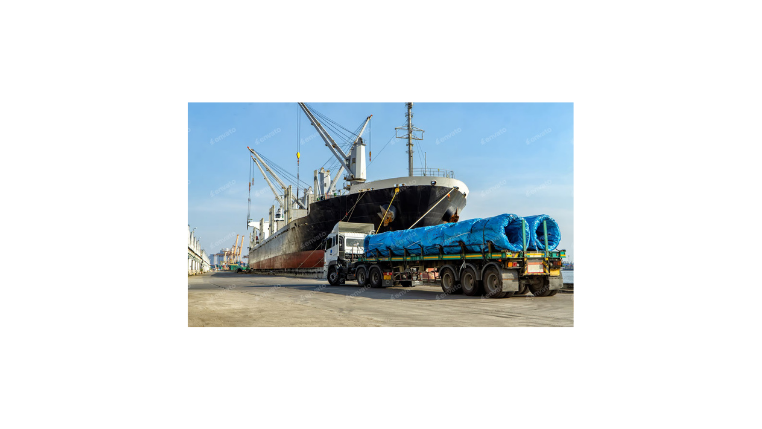The Logistics Renaissance: How Data, Automation, and Sustainability are Building the New Global Supply Chain
For decades, the world of logistics operated on a predictable, if often inefficient, set of rules. Today, that world is being completely redrawn. We are in the midst of a logistics renaissance, a period of profound transformation where technology and shifting global expectations are forcing a fundamental rethinking of how goods move around the planet. The pressures of the on-demand economy have made speed and reliability non-negotiable, turning the supply chain into a key competitive battleground.
The Tipping Point: Why Yesterday's Logistics Can't Serve Today's Economy
This revolution is not happening in a vacuum. It is a direct response to a new set of powerful market forces that have rendered traditional, siloed operations obsolete.
- The On-Demand Imperative: The rise of e-commerce has fundamentally rewired consumer expectations. The demand for fast, free, and fully transparent delivery is now the baseline, putting immense pressure on every link in the supply chain, especially the final mile.
- The Resilience Mandate: Recent global disruptions have been a harsh lesson in the fragility of lean, just-in-time supply chains. The new mandate is for resilience and agility—the ability to anticipate, absorb, and pivot in the face of uncertainty.
- The Sustainability Mandate: With consumers, investors, and regulators demanding greater environmental responsibility, sustainability has moved from a corporate slogan to a core business imperative. A company’s carbon footprint is now a key metric of its overall health and long-term viability.
The Three Pillars of the Logistics Renaissance
In response to these pressures, the industry's transformation is being built upon three interconnected pillars of innovation.
Pillar 1: The Rise of the Intelligent Supply Chain (AI and Predictive Analytics)
This pillar represents the shift from reacting to problems to actively predicting them. Artificial Intelligence (AI) and machine learning are the "brains" of the modern supply chain, analyzing vast datasets to uncover insights and drive smarter decisions.
- Predictive Analytics: This is the game-changer. Instead of just tracking a delay, AI models can now forecast the probability of a future disruption by analyzing port congestion data, weather patterns, and geopolitical risks. This allows planners to proactively reroute shipments and manage inventory before a crisis hits.
- Demand Forecasting: AI provides a far more accurate and dynamic picture of future customer demand, enabling businesses to optimize inventory levels, reduce costly overstocks, and prevent lost sales from stockouts.
Pillar 2: The Autonomous Physical Network (Automation and Robotics)
This pillar is about digitizing the physical movement of goods to achieve new levels of speed, accuracy, and efficiency.
- Smart Warehouses: Fulfillment centers are being transformed by Autonomous Mobile Robots (AMRs) that can pick, sort, and transport goods 24/7, working collaboratively with human employees to drastically increase order processing speeds.
- Automated Transport: While still maturing, the deployment of autonomous trucks for long-haul "highway pilot" routes and smaller bots for last-mile delivery is steadily becoming a reality, promising to solve driver shortages and improve safety.
Pillar 3: The Ecosystem of Trust and Sustainability (Blockchain and Green Tech)
This pillar focuses on building a supply chain that is not just efficient, but also transparent and responsible.
- Blockchain-Enabled Transparency: Blockchain technology creates a secure, tamper-proof digital ledger that provides a single source of truth for all stakeholders. This is invaluable for verifying the authenticity and ethical sourcing of goods, streamlining customs processes, and reducing fraud.
- Eco-Friendly Delivery Solutions: The push for sustainability is driving innovation in green logistics. This includes the rapid adoption of electric vehicle (EV) fleets for urban and regional delivery, the development of Sustainable Aviation Fuels (SAFs), and the use of AI to optimize routes and loads to minimize the carbon footprint of every shipment.
Conclusion
The logistics renaissance is creating a future where supply chains are not just a series of handoffs, but are a fully integrated, self-aware, and intelligent network. The companies that embrace this holistic transformation — weaving together data-driven insights, autonomous operations, and a commitment to sustainability — will be the undisputed leaders of tomorrow. In this new era, the right technology platform is not just an advantage; it's the essential foundation for success. A unified logistics platform like Modaltrans is built for this future, providing the digital backbone that integrates AI-powered analytics, end-to-end visibility, and collaborative tools. It empowers businesses to manage this new, complex ecosystem and turn the challenges of today into the competitive advantages of tomorrow.










